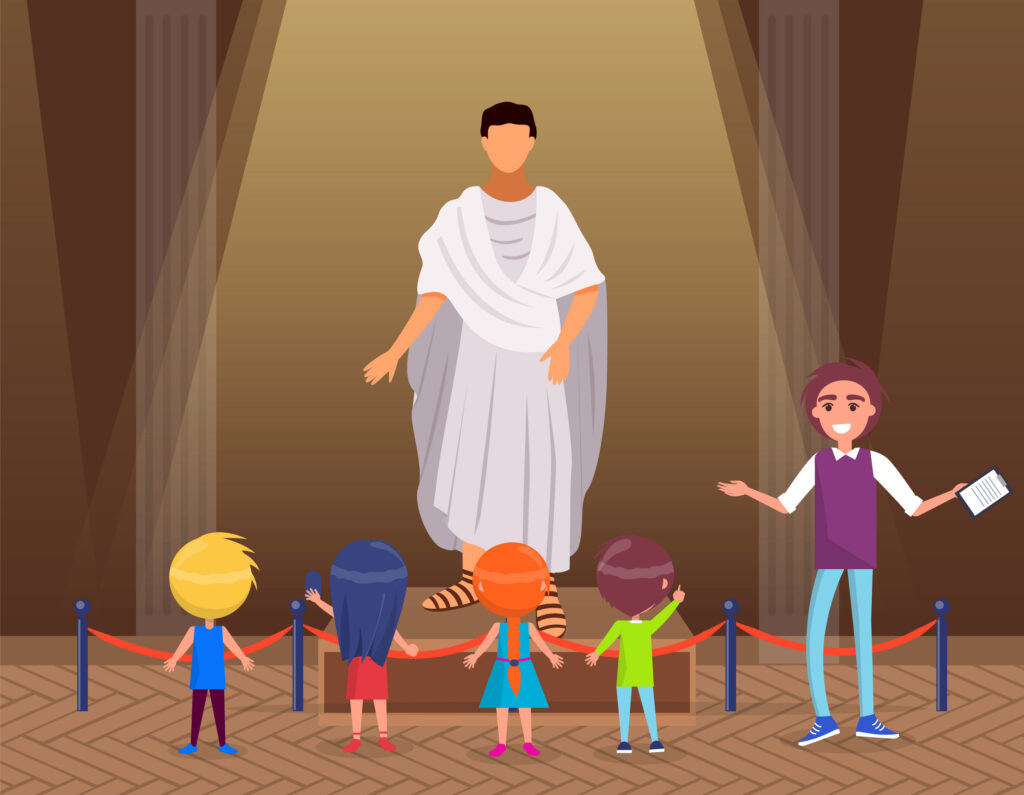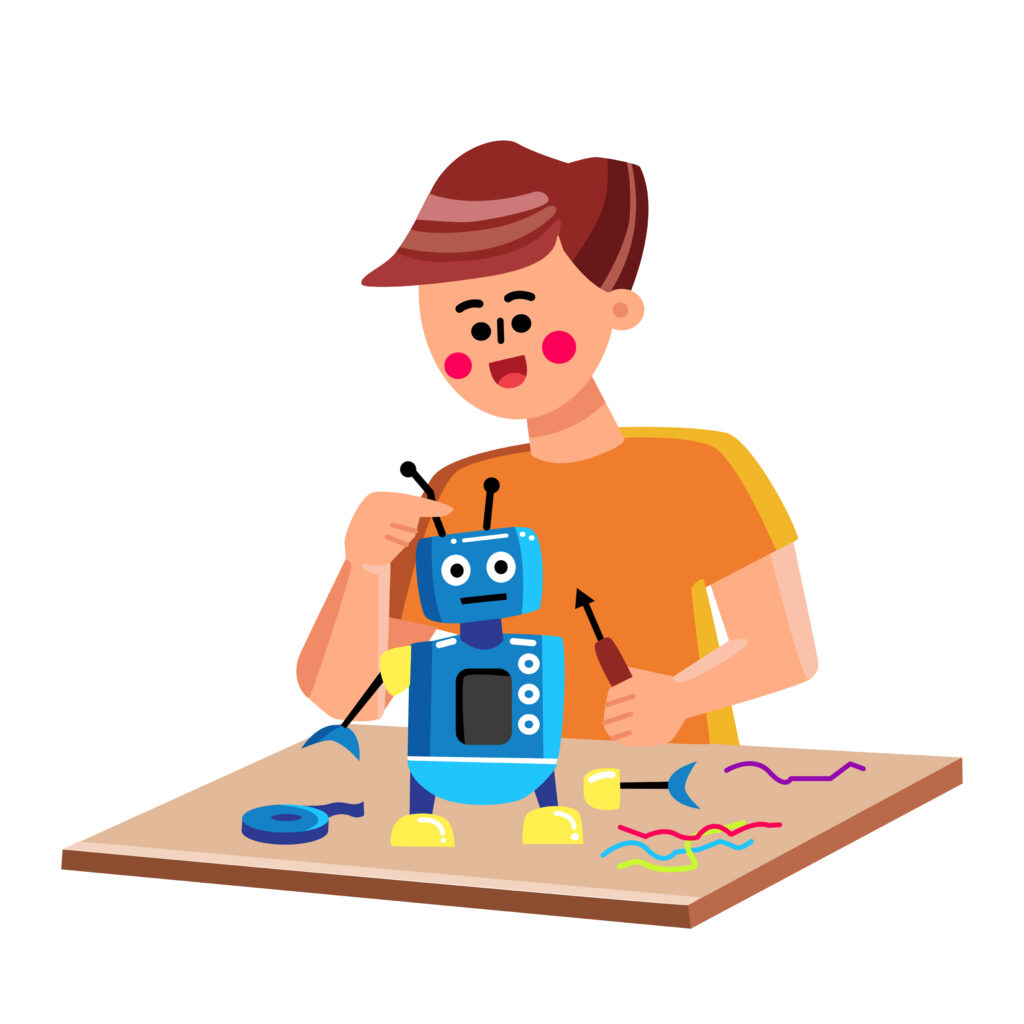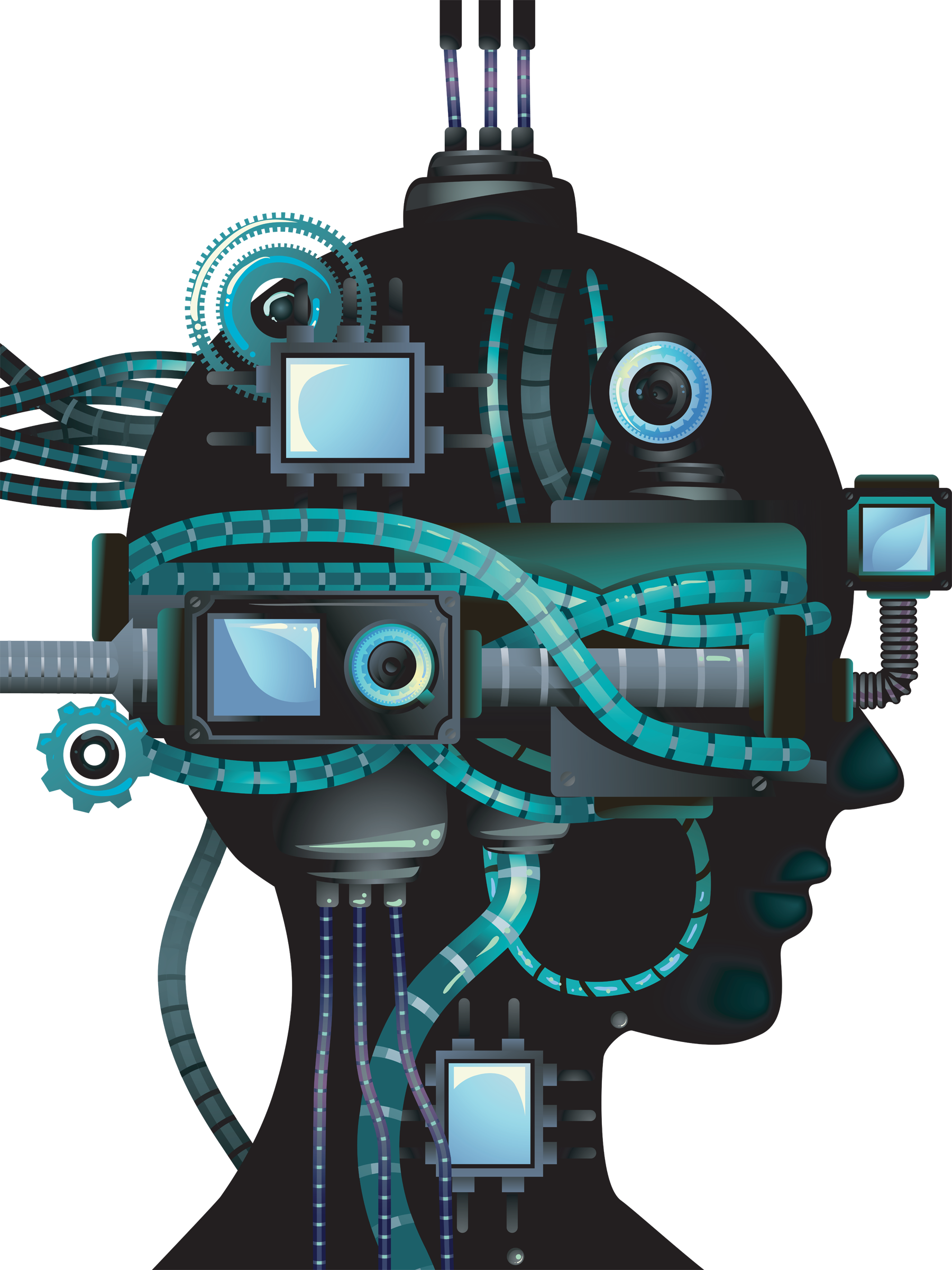
STEAM education is a dynamic combination of STEM subjects – science, technology, engineering, and mathematics – with the arts. The acronym “STEAM” highlights the importance of integrating arts and creativity with STEM subjects to foster well-rounded students who can apply their knowledge in real-world situations. The advantages of STEAM education are numerous, including the development of critical thinking skills, teaching children to use technology as a tool for problem-solving, and encouraging creativity.
STEM vs STEAM
There are several critical differences between STEM and STEAM. While STEM focuses exclusively on scientific principles, STEAM adds art into the equation, creating a more comprehensive and holistic approach to education. An effective STEAM lesson plan requires several components, such as hands-on activities, problem-solving skills, collaboration, critical thinking, and creativity.

STEAM for 1st Grade
When creating a STEAM lesson plan for 1st grade students, it is essential to choose a topic that interests them, so they are motivated to learn more about it. Incorporating 3D printing, robotics kits, or coding kits can make the lesson plan even more engaging for young learners.
STEAM for 2nd Grade
In the 2nd grade, students are more capable of understanding STEAM concepts, making it a great time to introduce STEAM fields. A few lesson plans designed for this age group include building structures using straws and clay, designing simple machines, or learning about circuitry using conductive playdough.
STEAM for 3rd Grade
In the 3rd grade, students are ready for more challenging STEAM lessons that are still exciting for their age group. Some lesson plan ideas for 3rd graders include designing a machine to solve a real-world problem, creating a small-scale water cycle model, or learning about coding using Scratch or similar coding platforms.
STEAM for 4th Grade
In the 4th grade, students can handle more complex problems and challenges and work collaboratively with others. Lesson plans for this grade level could include designing and building a bridge, exploring renewable energy sources, or creating an interactive game using programming concepts.
STEAM for 5th Grade
In the 5th grade, STEAM lessons provide a perfect opportunity to ignite students’ interest in science and technology. Some lesson plan ideas for this grade level include designing a sustainable city, creating a stop-motion animation, or building a model robot with simple programming capabilities. Regardless of the grade level, STEAM education provides a well-rounded learning experience that will equip students with crucial skills for their future success.

STEAM Lesson Plan Ideas for 1st – 5th Grade Students
Here are some fun and creative STEAM lesson plan ideas for 1st through 5th graders:
- Build a Robot: Have students design and build their own robots using simple materials like cardboard, glue, and markers. Encourage them to think about the robot’s function and unique features, and to incorporate art into the design process.
- Recycled Art: Challenge students to create art projects using recycled materials such as plastic bottles, cardboard boxes, and old magazines. Not only will they develop their artistic skills, but they will also learn about the importance of reducing waste and protecting the environment.
- Coding with Scratch: Introduce students to the basics of coding using the Scratch programming language. They can create their own interactive stories, animations, and games, and even collaborate with their classmates to create more complex projects.
- Design a Bridge: Teach students the basics of engineering by having them design and build their own bridges using materials like popsicle sticks, straws, and toothpicks. Encourage them to use their creativity to make their designs unique and functional.
- Math Art: Combine math and art by having students create geometric designs using basic shapes like circles, triangles, and squares. They can explore symmetry, patterns, and color theory while developing their math and artistic skills.
- Solar-Powered Cars: Teach students about renewable energy by having them design and build their own solar-powered cars. They can experiment with different materials and designs to see which ones are most efficient.
- 3D Printing: Introduce students to the exciting world of 3D printing by having them design their own objects using online software. They can then bring their designs to life by printing them out using a 3D printer.
- Weather Stations: Teach students about weather patterns by having them build their own weather stations using simple materials like thermometers, barometers, and wind vanes. They can use their stations to collect data and make predictions about the weather.




